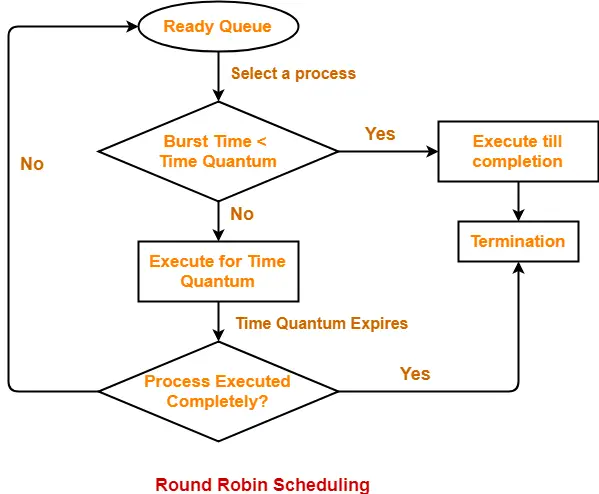- Before going into the following types of Scheduling, there are some sources will help you to understand more than what is in the assignment :
- jenny's playlist in Operating Systems
- CPU Scheduling | Chapter-5 | Operating System , Neso Academy's playlist
- Article : CPU Scheduling in Operating Systems
-
All you need to know about Shortest Job First (SJF) Scheduling
-
Shortest Remaining Time First (Preemptive SJF) Scheduling Algorithm
-
Shortest Job First – Preemptive Scheduling with Example (SJF)
- Videos
-
SJF with processes having CPU and IO Time | CPU Scheduling Algorithm in OS
-
Shortest Job First(SJF) Scheduling Algorithm with example | Operating System
- Videos :
- Videos :
-
Preemptive Priority Scheduling Algorithm in OS with example | Operating System
-
Starvation and Aging in Priority Scheduling | Operating Systems
-
Non Preemptive Priority Scheduling Algorithm with example | Operating System
(4) AG Scheduling :
-
Each process is provided a static time to execute called quantum.
-
Once a process is executed for given time period, it’s called FCFS till the finishing of (ceil(52%)) of its Quantum time then it’s converted tenon preemptive Priority till the finishing of the next(ceil(52%)), after that it’s converted to preemptive Shortest- Job First (SJF).
-
The running process used all its quantum time and it still have job to do (add this process to the end of the queue, then increases its Quantum time by Two .
-
The running process was execute as non-preemptive Priority and didn’t use all its quantum time based on another process converted from ready to running (add this process to the end of the queue, and then increase its Quantum time by ceil(the remaining Quantum time/2) ).
-
The running process was execute as preemptive Shortest- Job First (SJF) and didn’t use all its quantum time based on another process converted from ready to running (add this process to the end of the queue, and then increase its Quantum time by the remaining Quantum time).
-
The running process didn’t use all of its quantum time because it’s no longer need that time and the job was completed (set it’s quantum time to zero).


